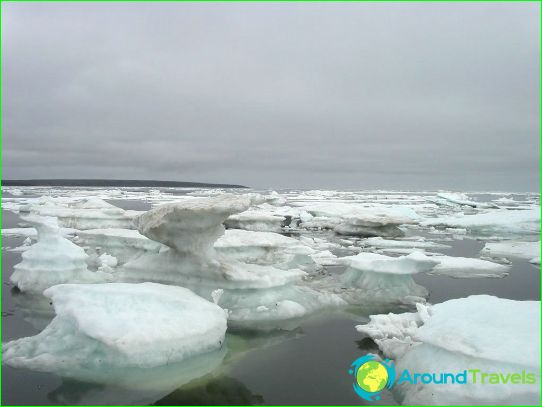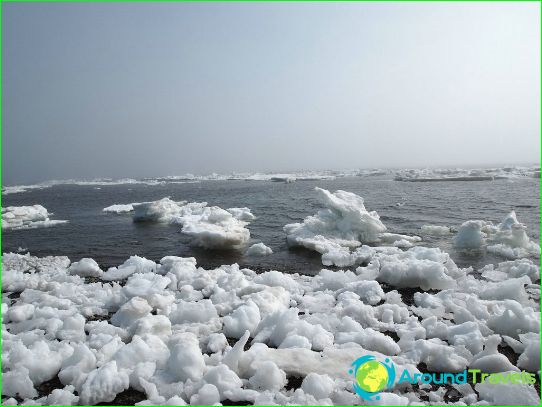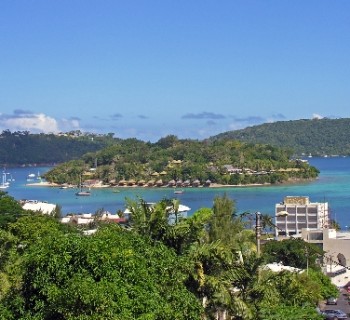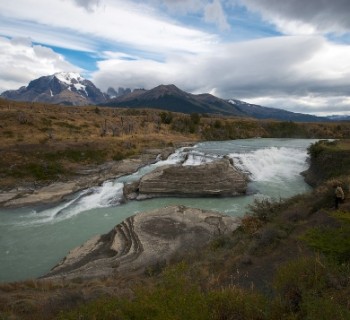East-Siberian Sea

The northern part of Eastern Siberia is washed by the East Siberian Sea. It has both natural and conditional boundaries. The map of the East Siberian Sea shows that its water area stretches between Wrangel Island and the New Siberian Islands. It connects to the Laptev Sea with the help of the Eterikan, Dmitry Laptev, Sannikov straits. It is united with the Chukchi Sea by the Long Strait.
Geographic characteristics
This sea belongs to the marginal continental seas. Its area is 913 thousand square meters. km. The deepest point was recorded at a distance of 915 m from the surface. The average depth is 54 m. There are few islands in the East Siberian Sea. Its shores have significant bends, which in some places go deep into the land..
The East Siberian Sea is the most ice-covered of the Arctic seas. There is great excitement in water areas free of ice. The sea is very rough with winds blowing from the southeast and northwest. Waves reach 5 m in height. The average height of the waves in this sea is about 3 m. Storms here most often occur in the first days of autumn, when the ice crust recedes to the north. The eastern part of the sea is considered calmer. The central areas of the water area are also not stormy. The sea is completely covered with ice from October to July. Ice is brought here from the Central Arctic Basin. In winter, fast ice develops in the water area, which spreads over the shallow western regions. In summer, coastal areas are free of ice. In the east of the sea, floating ice is observed off the coast even in summer..
Climatic conditions
The coast of the East Siberian Sea is located in the arctic climate. Within the water area in summer, the air has an average temperature of about 0-2 degrees. In the southern regions, the air temperature is +4 degrees. During the winter months, the air is cooled down to -30 degrees. The salinity of the sea is approximately 30 ppm.
The importance of the East Siberian Sea
This sea is very difficult to access. It is part of the water bodies of the Northern Sea Route. It is used for transportation of goods. The main ports are Ambarchik and Pevek. Local residents are also engaged in hunting for sea animals and fishing. In the coastal areas of the water area there are valuable fish: omul, broad, muksun, etc. Walruses, seals, polar bears are found here. The East Siberian Sea is an object for scientific research. Scientists study ice cover, behavior of ice massifs, water level fluctuations and other aspects.



